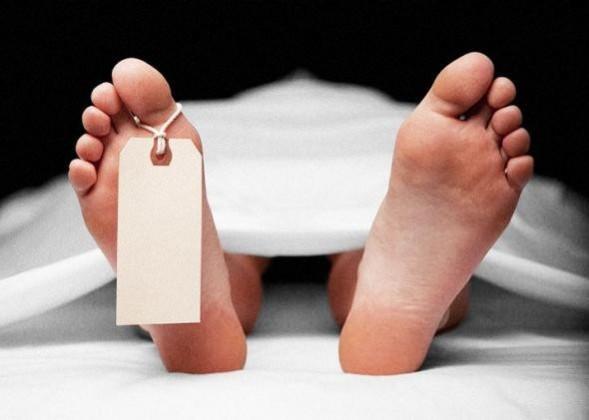
A 27-year-old Russian woman, identified as Ekaterina Fedyaeva, was embalmed alive after a hospital staff in Ulyanovsk injected her with a drug that is used to stop corpses from decomposing.
Fedyaeva died last week. She had gone to the hospital for a routine checkup to remove the cysts when the staff, instead of putting her on a saline drip, put her on a drip containing formaldehyde, a chemical used to preserve corpses. Her mother accused the hospital of murdering her daughter.
But what is embalming and how does it work?
Embalming is a process by which dead bodies are preserved with the help of chemicals to keep the remains suitable for public display or for religious reasons. For embalming, one needs to make sure that the subject is dead and the body is sanitized.
For arterial embalming, the blood is drained from the body before the chemicals are pumped into the arteries. During the process, embalmers will massage the dead body and when the fluid is completely emptied into the body, the orifices – the openings in the body – are plugged so that it doesn't leak.
Embalming of Egyptian Pharaohs to Princess Diana
Tutankhamun, the Egyptian pharaoh of the 18th dynasty, was embalmed in an unusual way in around 1323 BC.
Princess Diana's body was partially embalmed after she died in a car crash in Paris, August 31, 1997. She was embalmed before her body was flown to Britain for the last rites.
Communist leader Vladimir Lenin's body was embalmed to preserve it. The first Soviet leader's body has been displayed for all in Moscow's Red Square since he died around 94 years ago.
The body of Communist China's founding father Mao Zedong was also embalmed and put on display. His body has been displayed in Tiananmen Square.
North Korean leader Kim Il Sung's body was preserved and his embalmed body lies in a glass coffin for all to see. The body of Kim Jong Un's father Kim Jong Il was also embalmed.














